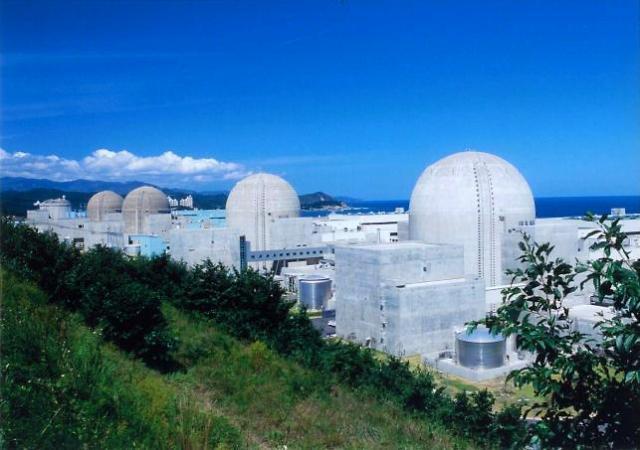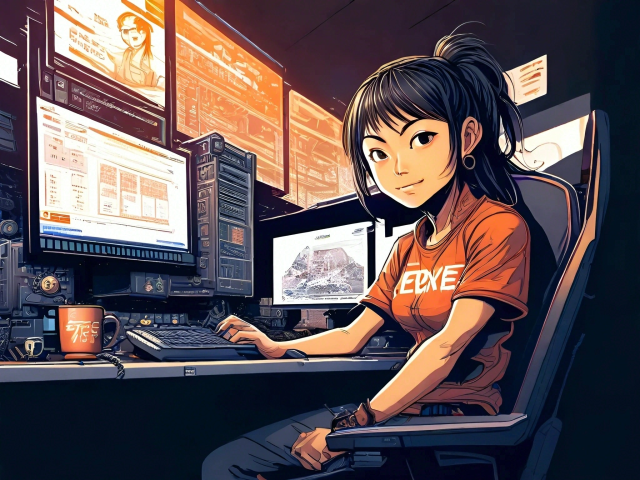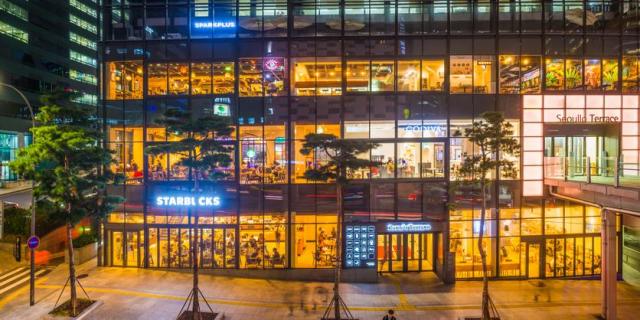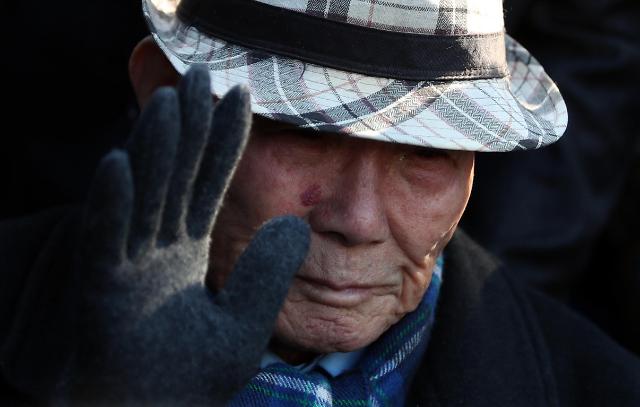
[Yonhap Photo]
SEOUL -- A 94-year-old man stood alone in South Korea's highest court to endure an overwhelming moment after winning a high-profile legal battle that raised public awareness of forgotten wartime stories about tens of thousands of Koreans forced to work under harsh conditions for Japan.
Lee Choon-shik was 17 when he was forced to work for more than 12 hours every day in a Japanese steel factory in 1941. On Tuesday, he led a wheelchair-bound march into South Korea's highest court with activists carrying the pictures of three deceased colleagues who filed suits together to claim damages for their unpaid work.
It took 13 years and eight months to wrap up Lee's legal battle at Japanese and South Korean courts. Finally, on Tuesday, the Supreme Court upheld a 2013 ruling that ordered Nippon Steel & Sumitomo Metal Corp. (NSSM) to pay each victim 100 million won ($87,720). The Japanese company was formed in 2012 with the merger of Nippon Steel and Sumitomo Metal.
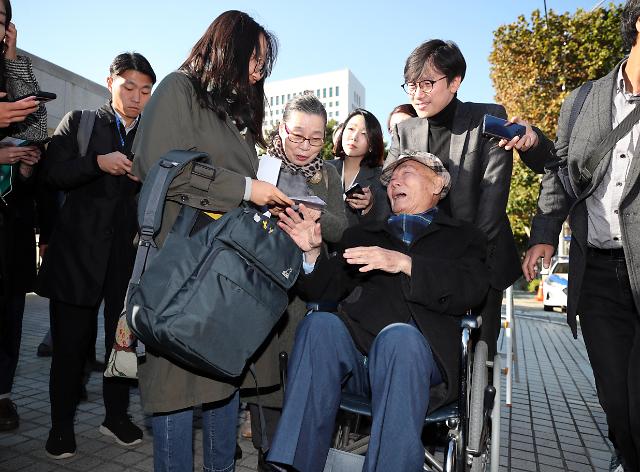
[Yonhap Photo]
Ties between the two Asian neighbors have been in the doldrums for years, with South Korea insisting that Japan should apologize and make amends for abuses during its 1910-45 rule over the Korean peninsula. In particular, Seoul wants Tokyo to address the issue of women forced to work in Japanese wartime military brothels.
Japan has insisted colonial-era issues were settled in a 1965 agreement that restored diplomatic ties with the payment of $500 million. However, two elderly Koreans who had worked for Nippon Steel in 1941-43 lodged a damages suit in Japan in 1997. Japan's highest court ruled in 2003 that NSSM is a merged entity and has no obligation to take on financial liabilities of its former company.
The two brought the case back to South Korean courts in 2005 with two other victims, including Lee. They lost in lower courts but appealed. In May 2012, the supreme court ordered a retrial, and an appeals court in Seoul ruled a year later that individual rights to compensation are still valid.
On Tuesday, supreme court justices ruled that they cannot accept the Japanese court's ruling because it ran against South Korea's constitutional value and was based on the premise that forced labor during Japan's colonial rule was legitimate. A 13-member panel also said that as a key defense contractor, the steel company had engaged in anti-humanitarian acts to help Japan's wartime aggression.
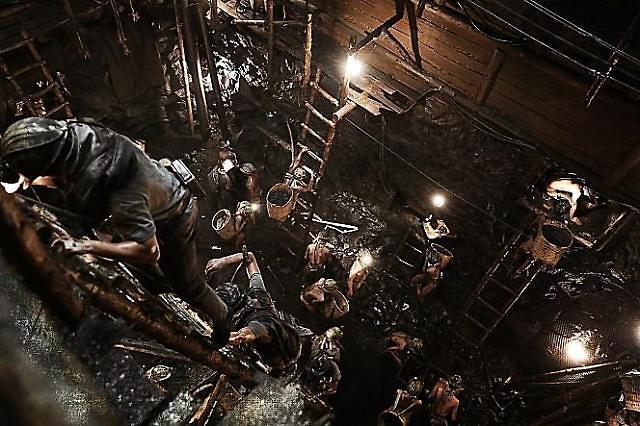
[Screenshot from film Battleship Island]
For decades, Seoul and Tokyo have been locked in a lingering row over comfort women, school textbooks and other emotional issues related to Japan's colonial rule. In July 2017, "Battleship Island", a South Korean film depicting the hellish situation Korean workers had to endure in coal mines on a Japanese island, fueled public awareness about forced labor.
The 6.3-hectare (16-acre) Hashima Island, known as Battleship Island, was approved as a UNESCO World Heritage site in July 2015. While Japan promotes the island as the icon of rapid industrialization, South Koreans describe it as a site of forced labor.
Many victims have died. South Korean government data showed that there were 6,570 survivors as of October. "There used to be four of us, and I am sad to be alone now," Lee said in a tearful voice before entering the court on Tuesday.


